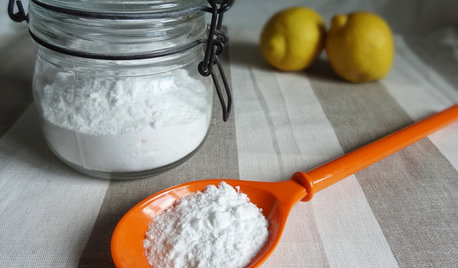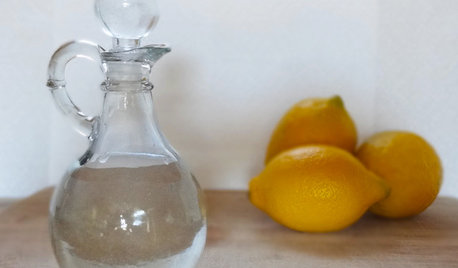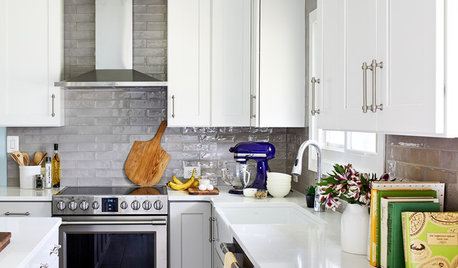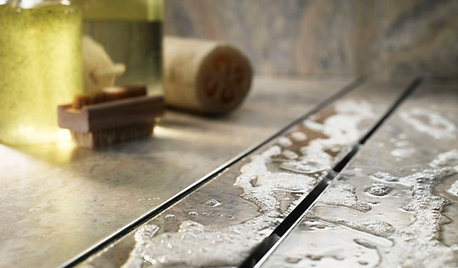Is there anything wrong with using vinegar and baking soda?
massimj
12 years ago
Related Stories

HOUSEKEEPINGBaking Soda: The Amazing All-Natural Cleanser You Already Own
Battle grime, banish odors and freshen clothes with this common nontoxic cupboard staple
Full Story
HOUSEKEEPINGVinegar and Voilà: Clean Your House the Natural Way
Ditch the commercial cleaners for nontoxic, inexpensive and versatile white vinegar
Full Story
REMODELING GUIDESWhy Marble Might Be Wrong for Your Bathroom
You love its beauty and instant high-quality appeal, but bathroom marble has its drawbacks. Here's what to know before you buy
Full Story
KITCHEN DESIGNGet Organized for Holiday Baking
Before you crack that first egg, establish a game plan for stress-free success
Full Story
KITCHEN DESIGNUsing White Marble: Hot Debate Over a Classic Beauty
Do you love perfection or patina? Here's how to see if marble's right for you
Full Story
PATIOSLandscape Paving 101: How to Use Brick for Your Path or Patio
Brick paving is classy, timeless and a natural building material. Here are some pros and cons to help you decide if it’s right for your yard
Full Story
LIFESimple Pleasures: The Joy of Baking
Fill your house with a heavenly scent and your heart with cheer by making time to bake
Full Story
HOUSEKEEPING12 Cleaning Projects That Go a Little Deeper — Naturally
Eucalyptus oil for germy door handles. Baking soda for oven grime. Here are nontoxic solutions for often-overlooked cleaning jobs
Full Story
FEEL-GOOD HOME12 Very Useful Things I've Learned From Designers
These simple ideas can make life at home more efficient and enjoyable
Full Story
PAINTINGWhat to Know About Milk Paint and Chalk Paint — and How to Use Them
Learn the pros, cons, cost and more for these two easy-to-use paints that are great for giving furniture a vintage look
Full Story





grizzman
massimjOriginal Author
Related Professionals
Holly Springs Landscape Architects & Landscape Designers · Wrentham Landscape Architects & Landscape Designers · 70037 Landscape Architects & Landscape Designers · Montgomeryville Landscape Architects & Landscape Designers · Bound Brook Landscape Contractors · Essex Landscape Contractors · Fort Myers Landscape Contractors · Lemoore Landscape Contractors · Pahrump Landscape Contractors · Palm Beach Gardens Landscape Contractors · Palos Verdes Estates Landscape Contractors · Red Oak Landscape Contractors · Rockwall Landscape Contractors · Saint George Landscape Contractors · Westchester Landscape Contractorshomehydro